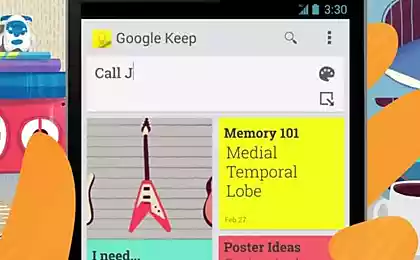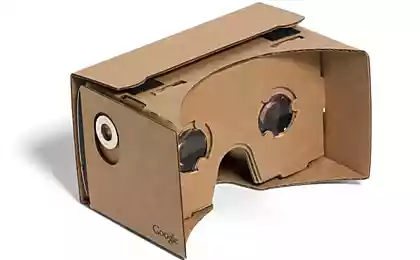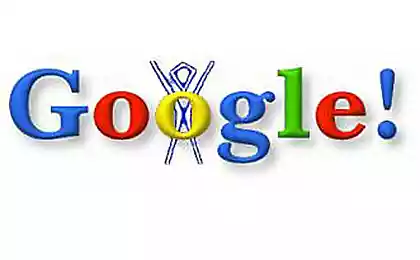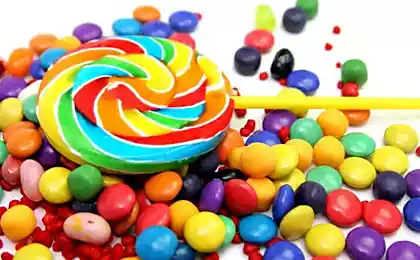715
AI helps to keep the balloons of Google Project Loon for weeks in one place

Google Project Loon project of Google to provide communication of the inhabitants of the remote regions of our planet. In such places it is difficult to draw a fast Internet connection. Sometimes the problem in an awkward geographical location of the region, sometimes in that of the Internet service provider to pull the "wide" channel in the district, where a few dozen people, is simply unprofitable.
Google a few years ago undertook the solution of this question. The company's engineers have proposed to create a network of powerful access points, suspended on stratospheric balloons. In the stratosphere, such a balloon can be hanging for several weeks or even months, giving the Internet over large areas.
The project is moving slowly forward. Last year, Google entered into a contract with providers such as Indosat, Telkomsel and XL Axiata. After balloon network infrastructure will be fully deployed, these companies will give the signal access points on the balloon, and those — to broadcast a signal to the regions, where previously the Internet or not, or he was very slow.
To control the balloon company has patented its own technology. However, here we are talking about the height control of the balls. But true horizontal displacement of the balloon under the action of the movement of the air layers. What to do in this case? Care access point from a certain point leads to loss of communication.
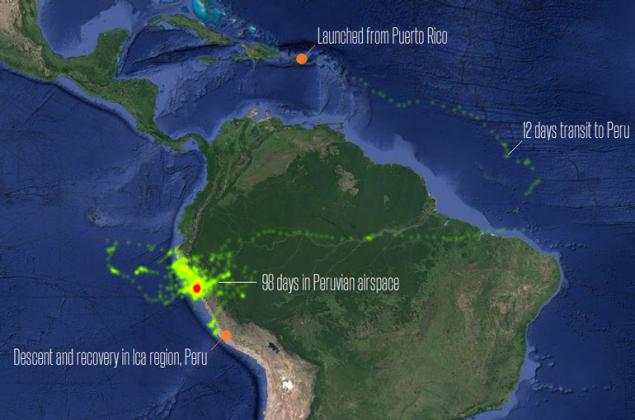
Google engineers have solved this problem. The company managed to keep the balloon on one of the regions of Peru about 100 days. The object was approximately the same place during all this time not moving at a critical distance, neither horizontally nor vertically.
The balloon launched from Puerto Rico. After 12 days, he reached the territory of Peru. In the day the navigation system performed tens corrective maneuvers to ensure that the ball was moving in the right direction. If over land was not suitable to air flow, the ball was shifted to the Pacific, where the desired airflow was. Over the 14 weeks of stay on the territory of Peru, the tested balloon was performed more than 20 thousand adjustments of the route. After that ball no problem put.
To control your flying an access point, the Corporation used a weak form of artificial intelligence. Initially, the balloons were kept at the same place using specially designed algorithms that take into account many factors simultaneously. This is the height, the coordinates of the object, wind speed, time of day, season of the year and much more. The problem is that, launching a stratospheric balloon, no one knows where it will end: a gas cylinder operates too many factors, some of which are unpredictable. That is, the algorithm cannot be taught to solve problems with displacement of the balloon perfectly. Therefore, it was decided to use AI. "Instead of wasting time on the support position of the balloons in one place, we spend more time on our users."
Controlling the aerostat, a computer system is gradually trained. Finding the optimal solution in one case, it will use this decision and in other case, if the conditions are repeated or are close. "These algorithms cope with the retention balloons in one place is much better than would make any man," said Sal Candido, previously responsible for one of the directions of development of Project Loon.
Machine doing our job well, but not perfect. The problem is that there are often new terms, the factors that critically affect the movement of the ball. In this case, the calculations have to be repeated with simultaneous adjustment of the rate of the balloon. Candido defended a scientific work on stochastic optimal control. And has brought its expertise in Google's Project Loon. Here he decided to use the principle of optimal control of stochastic systems in order to keep the mesh hot-air balloons in one place.
Google uses a weak form of AI in their projects for the first time. The most famous case of Corporation with AI is the creation system for the game of go. AlphaGo, the development of Google DeepMind, easily defeated one of the strongest players in the world go If Sedalia. A few months later, the Corporation managed to reduce energy consumption in their data centers by 40% by another AI service, also developed by DeepMind.
Talk about using the capabilities of neural networks in Project Loon is not. Instead, project engineers used the basics Gaussian process. For "cramming" control algorithm balloons engineers downloaded data from the previous "flights". All the balloons project has flown about 17 million kilometers. Using Gaussian process, the navigation system can determine the best course of the world, to indicate when the balloon should go up and when down. Employees the Corporation has developed models to predict the movement of air masses at different heights.
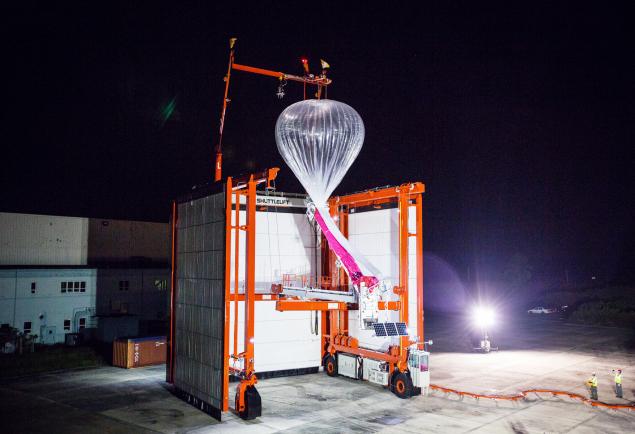
The predictions of a computer system is still not perfect. In some cases, she's wrong. And not because bad, but because weather conditions in the stratosphere — the thing is a little predictable. In order to reduce the error rate, the specialists used a stimulated learning computer system. And even after the forecast of the trajectory of the balloon, ground system and sensors in the ball continue to monitor weather conditions. If something changes, the preliminary forecast of the trajectory can be changed in accordance with the new data. All done in real time.
Candido said that the use of AI to adjust the movement of the balloon and manage the entire network of the air access points was made possible only through the resources of the company. All calculations are done in its powerful data centers. And data to be processed very, very much. According to participants of the project Project Loon, is that the systems are far from perfect. But even in this case, machine learning is working and computers are managed with the balloons better and better over time.

Improved and service systems. For example, to launch balls with 2015 using "Autosalubritate". This is a special platform with which team of four can launch a balloon every 15 minutes. To create a platform for every individual run was an event. For the successful mandrel ball into the stratosphere required a 5 - man that could run a single ball in 45 minutes at a wind speed of 9 kilometers per hour (now the wind speed can exceed this value, reaching 24 km/h).
Source: geektimes.ru/post/280856/

